Infrastructure: Ports
Overview
Sector: Infrastructure
Services:
Software:
Data Migration transforms business
The client is undergoing a Business Transformation Programme (BTP), with the aim of delivering a single integrated technology platform to enable standardised and effective processes. This BTP covers all aspects of the business and will use SAP to run and manage key business processes and provide the organisation’s information needs.
The client recognised the need to improve their asset data and documents in order to get the best out of any investment in SAP (for assets and spares) and Opentext (for documents and drawings). There was also a need to clean, enrich and validate the existing data and create a solution for the updated set to be transferred to SAP. The client commission was to deliver a proof of concept to address these requirements, so that they could get an understanding of the full picture.

Challenge
To guarantee the business benefit from an investment in SAP and Opentext the client needs to converge data and document silos that have emerged over time. There was also a need to archive historical data and documents and to ensure the remaining essential data and documents were complete, correct, consistent and connected.
As the final ‘single source of truth’ was to be exported to an existing corporate system, the client needed a proven mechanism to transfer the data and documents from the “staging area” into SAP and Opentext respectively with the press of a button.
“ Fast, simple access to reliable engineering information is essential for new projects and operational facilities. An effective strategy for engineering information management will increase efficiency, reduce costs and improve safety on projects of any size. ”
Steve Pearson, Executive Chairman
Solution
To satisfy the client needs, Phusion proposed to undertake a Proof of Concept (POC) on a limited number of assets, so that they could get an understanding of requirements for the complete project.
Phusion structure every IM proof of concept around a tried and tested Industry best-practice IM Benchmarking Matrix. This provides a formalised approach and allows us to analyse where the client sits before and after the project and also demonstrates their IM performance in respect to their peers.
Phusion’s team of engineering data experts collect and enrich data, and using our own Software as a Service (SaaS) platform ensure it is in a common data environment (CDE) that is structured in-line with regulatory compliance and client system needs.
The completed POC demonstrated how the client benefitted from better information and showed how an integrated single source of truth for documents, assets and materials can increase productivity and save money.

Results
From an information management perspective the POC has facilitated the following:
Staging Area
The data that SAP needs to function could not be fulfilled by the current information set. The client had developed a variety of data silos to meet its obligations for; regulatory compliance, to overcome system short comings and to establish local control and efficiencies.
To guarantee SAP can deliver the business benefit these silos needed to be merged in a controlled way. Therefore, we adopted a proven off the shelf staging area. In this secure ISO27001 environment we fed unstructured and inconsistent data in and thorough ISO 9001 accredited processes, valid data standards and smart tools we get quality assured data out to feed into SAP.
Once corporate systems are fully operational we can switch off the “staging area” or we can use it to access our archive and/or to adopt a data centric process for managing the handover for new equipment.
Document Management
To take advantage of a mainstream document management system, a number of pre-requisites that have been resolved by the POC activities:
- A master document register has been created with structured and standardised document meta-data.
- A central document repository has been created from the silos.
- Documents have been sorted into “historic” for archive and “current” to represent the latest version.
- A structured central repository of OEM documents, with associated meta-data, has been completed.
Tag Management
The client does not currently take advantage of drawing tag numbers. Fault finding and planned or corrective work is much easier when the references in the systems are the same as the references on the drawings. With the advent of SAP we identified that there is an opportunity to capture the drawing tag. The POC has proven that drawing tags do exist as they also help the supplier to design and build the equipment the client operates.
Data Standards
Data needs to be mapped to data standards so it is consistent now and for future additions, preferably using ISO 14224 for reliability reporting and analysis and UNSPSC codes for materials for example. The POC has provided a mechanism to collate all data standards, lists etc. to support the client and ensuring they do not invent another wheel which causes delays and costs money.
